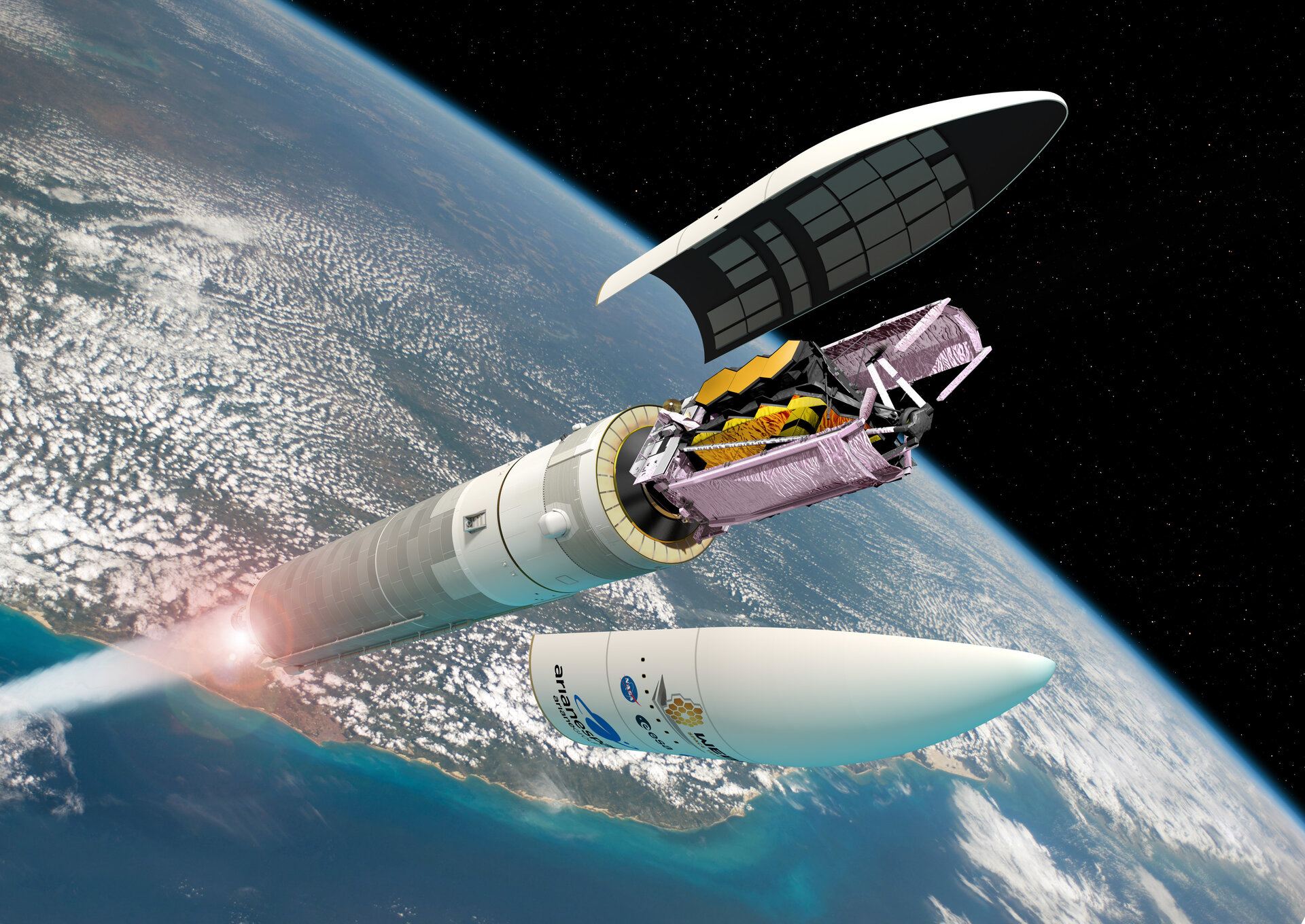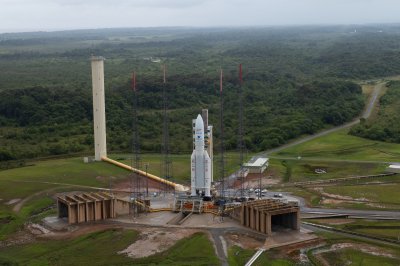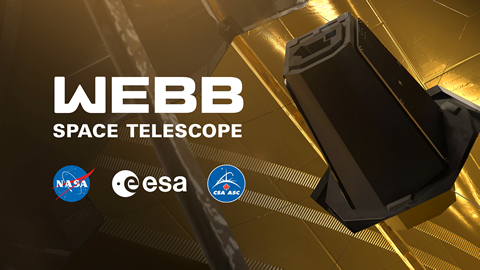Tom
I am a FH squatter
- Joined
- Dec 22, 2003
- Messages
- 17,562
In four days, all going well, the James Webb Space Telescope will launch on the extremely reliable Ariane 5 vehicle. It will take about 30 days to travel 1.5M km to a distant, stable orbit around the Sun. And while it's doing all that, it'll slowly unfold itself in a process that has many potential points of failure, before hopefully showing us imagery from the very edge of the observable universe, objects that existed only 100-250 million years after the Big Bang.
Because it operates in infra red, and because it has a much, much larger mirror than Hubble (which is about 30 years old now), it should be as big a step up from Hubble as Hubble was from ground-based telescopes. Objects 100 times fainter than what Hubble can see will be visible. Detail levels will be a good 10 times greater. It'll be able to detect planets orbiting distant stars. And distant objects in our own Solar System.
View: https://www.youtube.com/watch?v=RzGLKQ7_KZQ
Fingers crossed. It'll be a few months before it begins operation (it takes a while to cool down and to set everything up). I can't wait.
Because it operates in infra red, and because it has a much, much larger mirror than Hubble (which is about 30 years old now), it should be as big a step up from Hubble as Hubble was from ground-based telescopes. Objects 100 times fainter than what Hubble can see will be visible. Detail levels will be a good 10 times greater. It'll be able to detect planets orbiting distant stars. And distant objects in our own Solar System.
View: https://www.youtube.com/watch?v=RzGLKQ7_KZQ
Fingers crossed. It'll be a few months before it begins operation (it takes a while to cool down and to set everything up). I can't wait.




